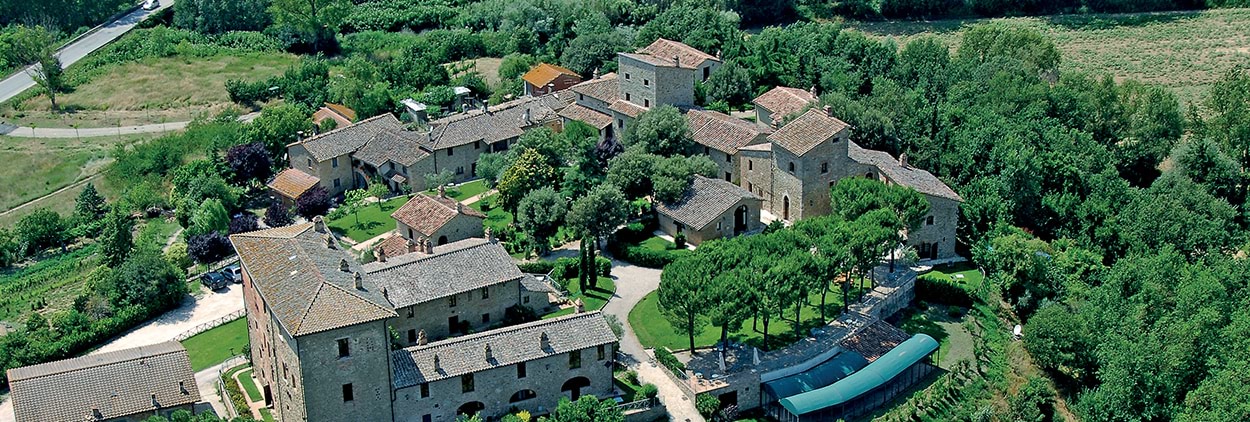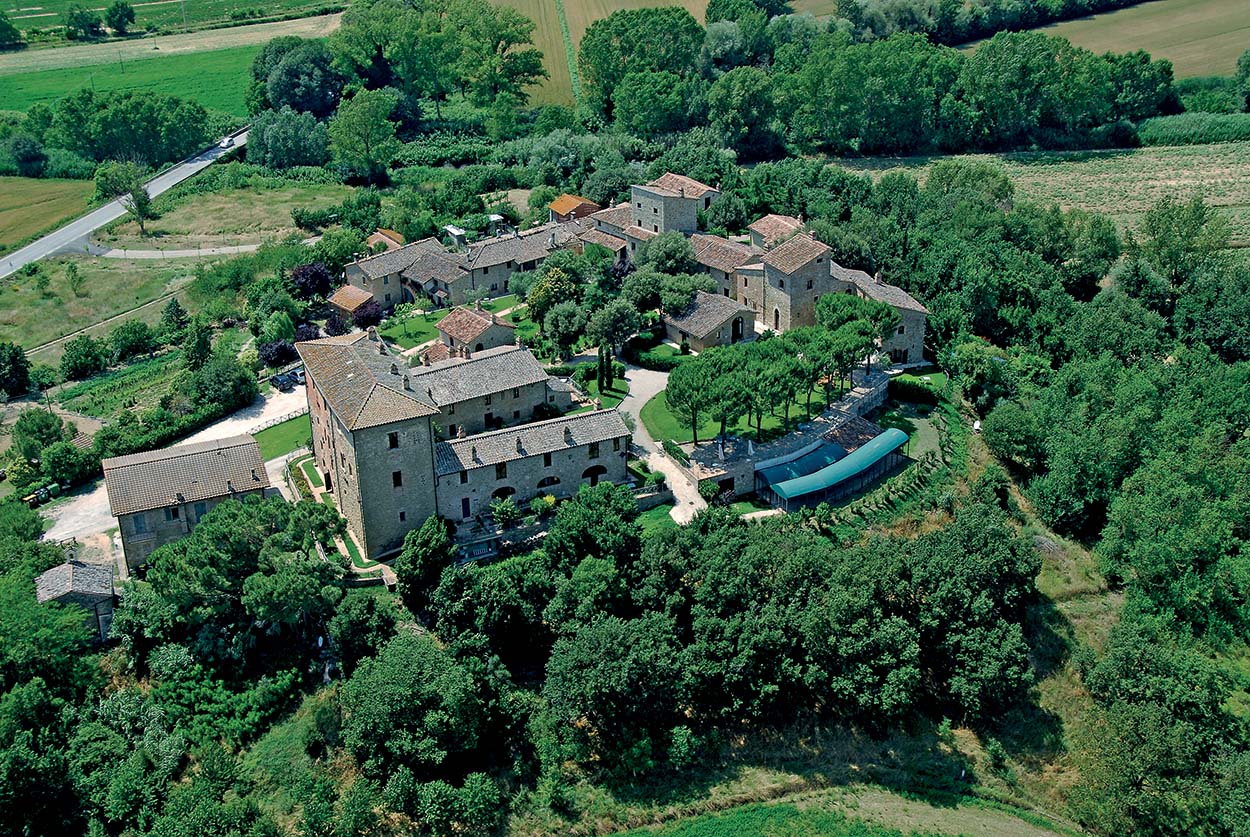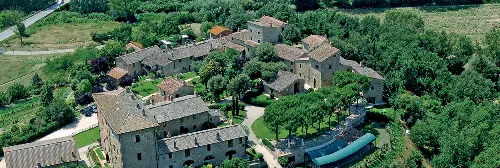
Historic Houses
Old houses, parks and castles make up a significant part of Italy’s historical-architectural heritage and are a big attraction for both Italian and foreign tourists.
To celebrate its 40th anniversary, the ADSI (Italian Historic Houses Association) organised a roundtable on the subject of “Culture and business: Italy’s finest look to the future” held in Rome. Mapei’s Product Manager of the products for masonry restoration, , Davide Bandera, spoke at the conference about Mapei’s products for renovating and upgrading historic buildings, most specifically the MAPE-ANTIQUE range.
The Italian tourism industry generates €335 billion a year: not that much for a country that has such a vast cultural-historical and architectural heritage. 9 million people are employed in this industry, while €5 billion are invested in looking after the entire heritage.
The ADSI (Italian Historic Houses Association) looks after the nation’s historical-cultural heritage. Set up in 1977 along the lines of other similar associations - including the more famous Historic Houses Association in Great Britain - it brings together the owners of castles and stately homes and helps raise awareness about the conservation, enhancement and management of private historic houses.
To celebrate its 40th anniversary, the ADSI organised a roundtable on the subject of “Culture and business: Italy’s finest look to the future” held in Rome on 6th May. The topics looked at during the day’s proceedings concerned the responsibility for safeguarding and enhancing Italy’s cultural, historical and architectural heritage. The discussion involved Dorina Bianchi, undersecretary of the Ministry of Culture and Tourism, Edith Gabrielli, director head of the Lazio Museum Centre, Rodolphe de Looz-Corswarem, president of the European Historic Houses Association, Giorgia Abeltino, director of Google Arts & Culture, Armando Branchini, vice president of the Altagamma Foundation, Pietro Salini, managing director of Salini Impregilo, and Diego Visconti, president of the Italian Accenture Foundation.
The convention was opened by Gaddo della Gherardesca, national president of the ADSI, who noted that “40 years is an extremely important landmark for an association set up in the 1970s to protect privately owned historical-architectural assets in an extremely complex socio-cultural context”.
Nowadays, owners are actively involved in the communities and territories where their historical houses are located, promoting cultural, social and economic enterprises.
As Moroello Diaz Della Vittoria Pallavicini, president of ADSI, pointed out, since the 1970s the Association has voiced its own concerns to the public administration, starting with the issue of taxation, because protecting and conserving an historical house calls for real long-term commitment in terms of both time and money.
There are approximately 31,000 protected historical houses providing a notable input to the tourism industry, particularly if helped by the government. Dorina Bianchi pointed out that “we have taken on the challenge of creating wealth from culture and the ADSI is part of this project. Politics must help owners grasp the extent of the wealth that ordinary citizens can contribute to our country. We need to begin a conversation with the Ministry of Finance to discuss detaxation, like for instance the so-called “ArtBonus”, which for the time being only concerns public assets, but should be extended to include safeguarded privately-owned historic houses”.
Armando Branchini, vice president of the Altagamma Foundation, which has joined together businesses representing Italy’s high culture and art industry since 1992, talked about the luxury goods industry, whose income has risen from €10 billion in 1985 to €1.1 trillion today and is likely to increase by 3-4% over the coming years: “The ADSI is part of Altagamma and we aim to work together to make sure business culture can be extended to include the owners of historic houses. We need to move on from property management to business management, while maintaining the founder’s original spirit and treating our own business like a permanent start-up, regardless of income”.
Edith Gabrielli, director of the Lazio Museum Centre with 43 museums under its jurisdiction, reasserted the need to be flexible and the importance of networking with other enterprises in the surrounding area, while Rodolphe de Looz-Corswarem, president of the European Historic Houses Association, pointed out that historic houses, which are such a familiar sight around Europe, “create plenty of employment and are doing a lot for young people.” Italy is currently the second most popular tourist destination in Europe after France, but it needs to regain top position.
A combination of culture, tradition and business enterprise: this is the mix underlying works of Italian genius, according to Pietro Salini, the managing director of Salini Impreglio, a company with a turnover of €7 billion that employs 36,000 people all over the world, who underlined the fact that “if Italy wants to make significant progress, it must invest in infrastructure, decide what kind of country it wants to be, what kind of tourism it wants to have, what taxes it intends to impose on historic houses and assets, and what kind of industry it wants to support”.
Diego Visconti, president of the Italian Accenture Foundation, which, in partnership with ADSI, has created ARSLab, a school-work scheme providing job experience and training schemes for students, talked about the goal of creating proj-
ects to promote historic houses and their surrounding land, emphasising that the necessary funds are, indeed, available. The latest European plans allocate €40 billion to Italy, and tenders always make reference to culture and art. Nevertheless, a platform needs to be created to promote and sell the very best Italian products and produce from all areas and publicise Italian tourist routes through proper product information campaigns.
Outlining the information given in the 2013 Oxford Economic Report, the director of Google Arts & Culture, Giorgia Abeltino, noted that online content is the primary source of information for anybody planning a trip. Online tourism accounts for 3% of the GDP and employment. Digitising the cultural heritage would facilitate “conservation and digital use in the future, democratising access to culture and making digital technology a driver of growth in the cultural industry”. Accurate and full information about everything people can visit must be available on the web to attract tourists.
Davide Bandera, Mapei’s Product Manager for its line of products for masonry restoration, spoke at the conference about Mapei’s products for renovating and upgrading historic buildings, most specifically the MAPE-ANTIQUE range that has physical-mechanical properties similar to those of plaster and brick mortars used in the past.








